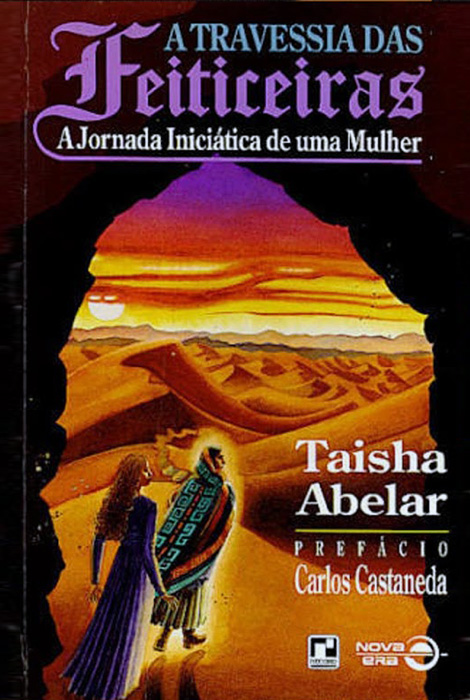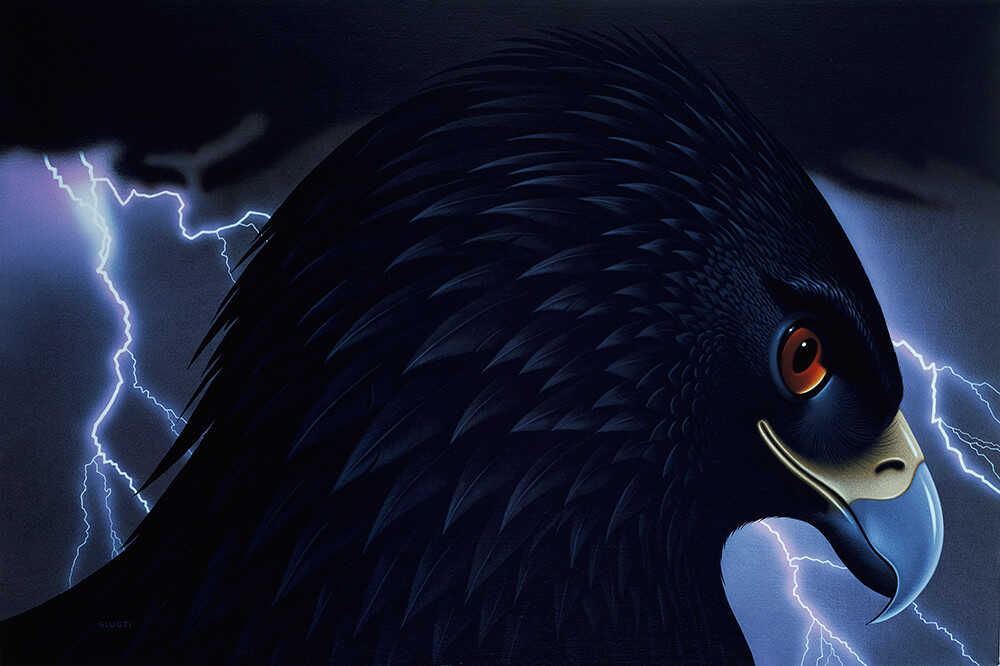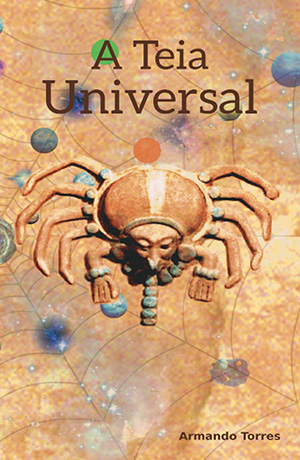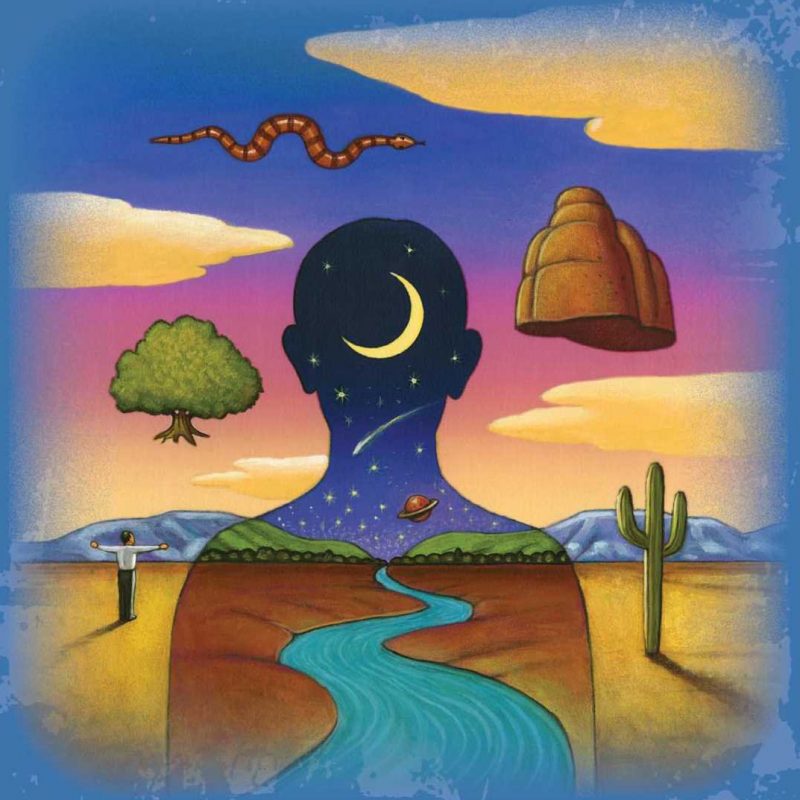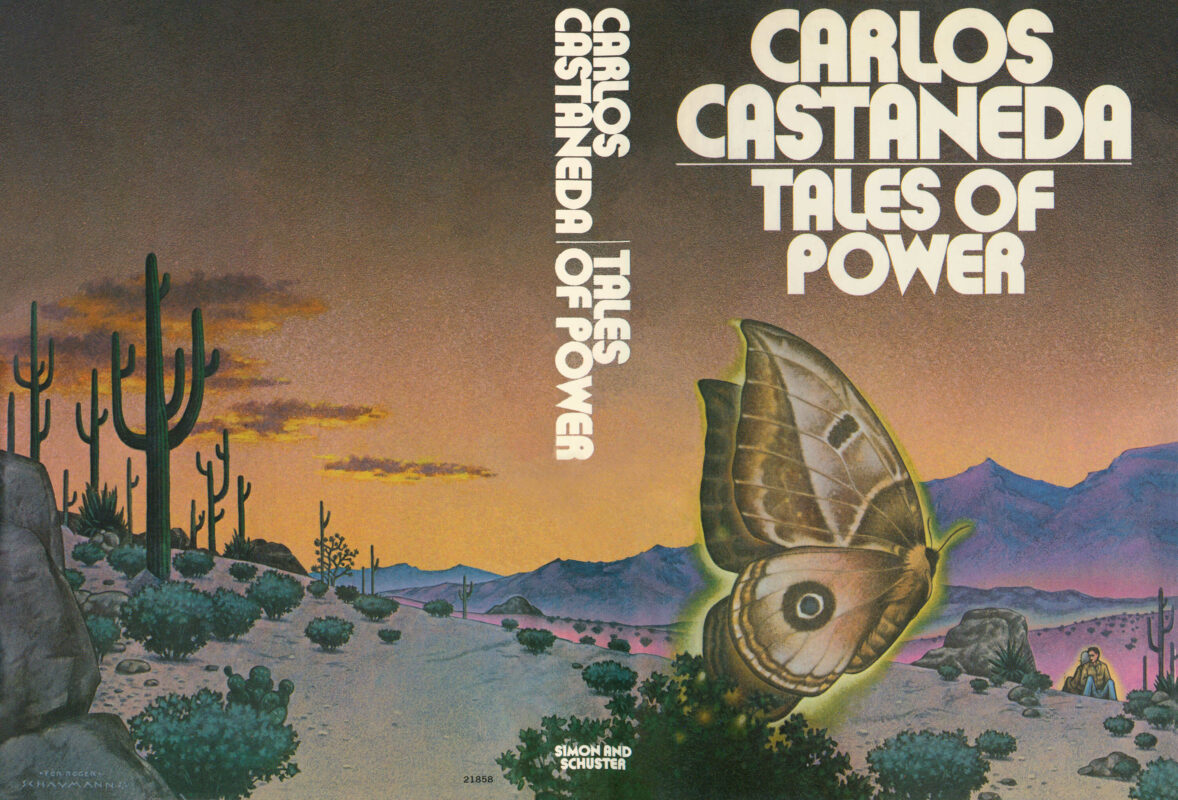Recapitulation, the Etheric Network, accessing the Double’s perception and handling it with intent
Taisha is surprised by master sorcerer John Michael Abelar during her recapitulation practice. He instructs her on correct breathing and the existence of her subtle body or double, an etheric counterpart to the physical body. Abelar explains that recapitulation and breathing are essential for strengthening the double and transferring perception to this subtle part of the self, thus dissolving the barrier separating the physical and etheric aspects. He demonstrates his mastery by materializing with Clara shortly after their meeting in the cave, and teaches her how to use intention to handle energy and the double.
